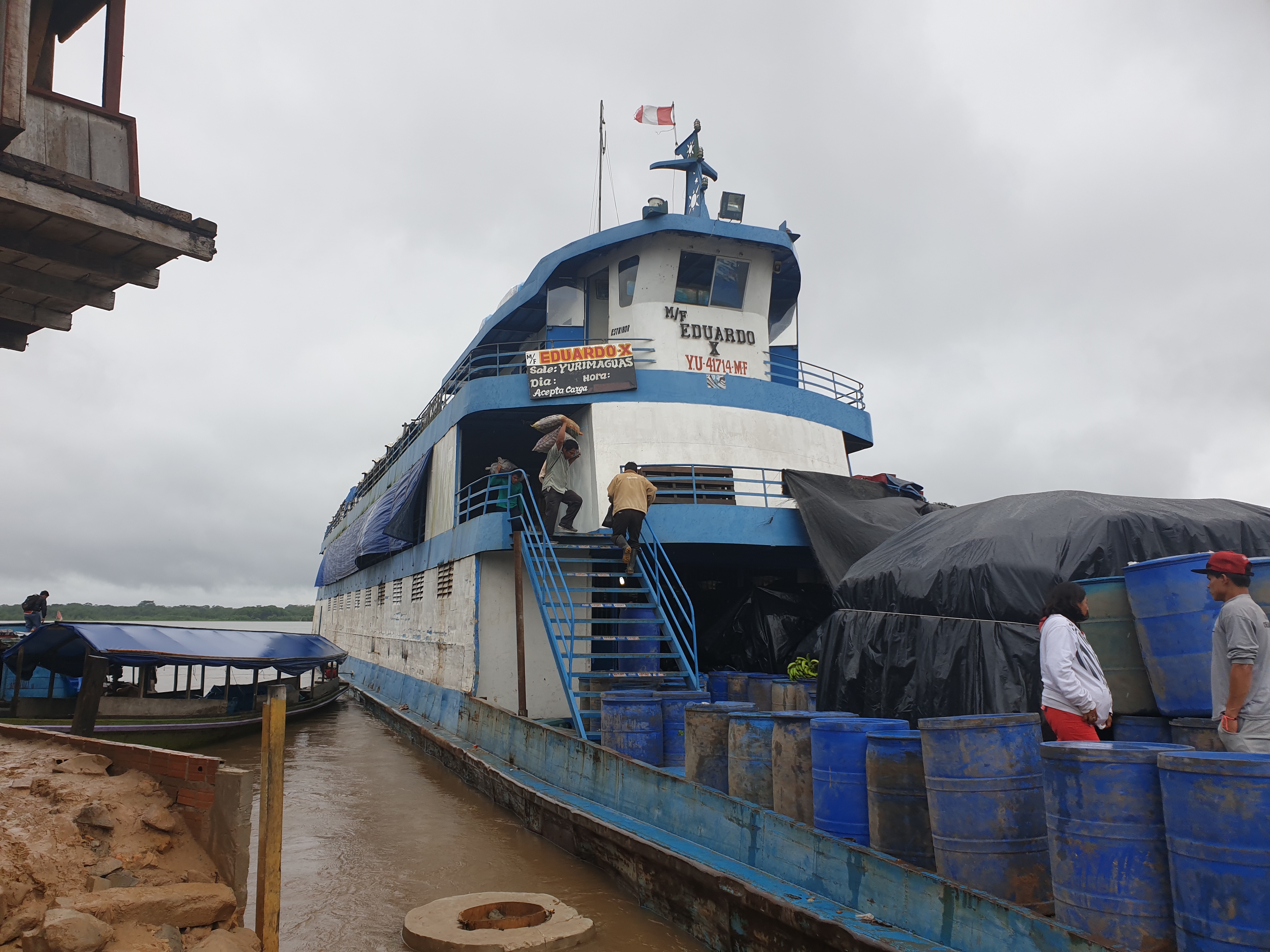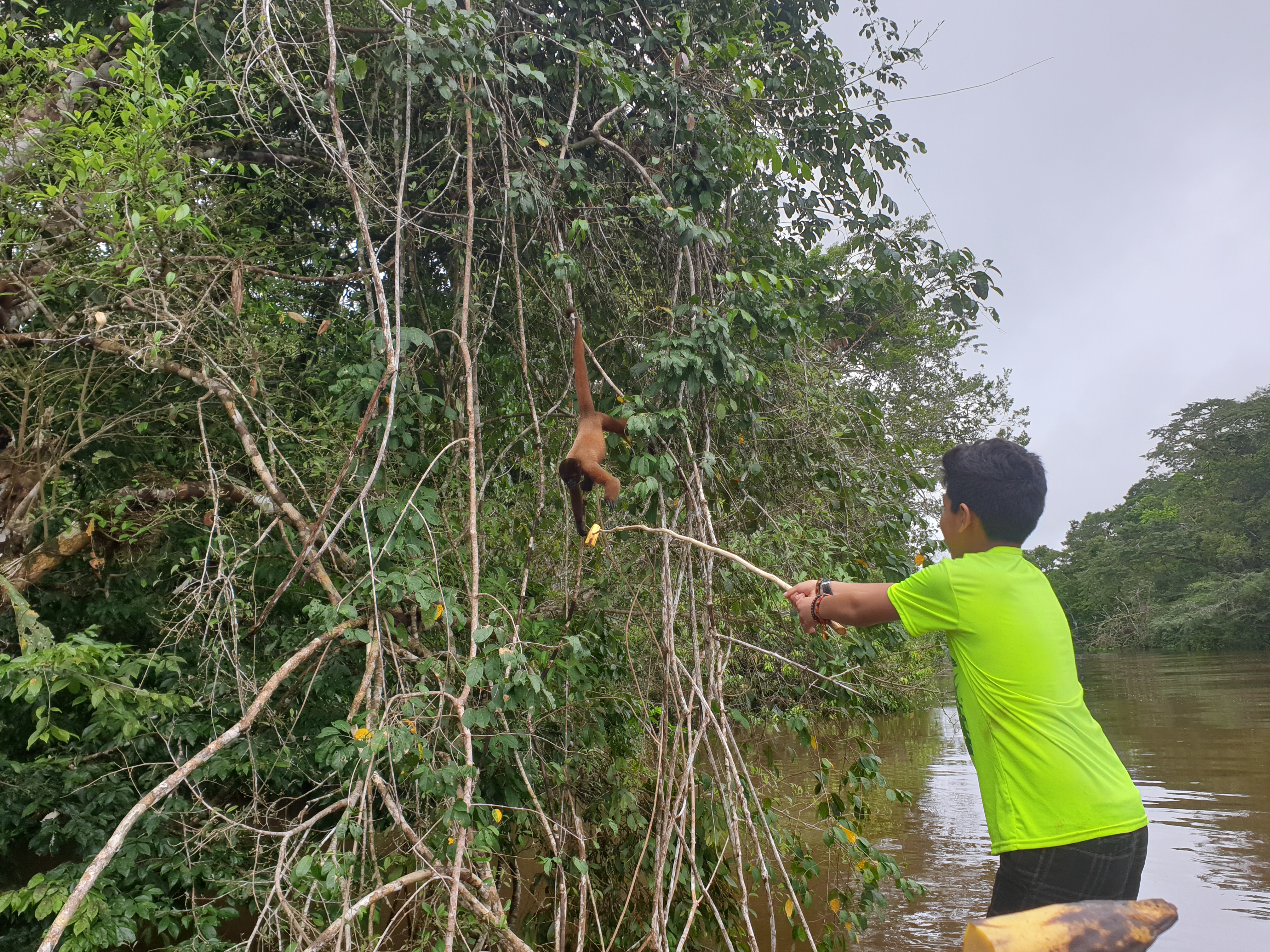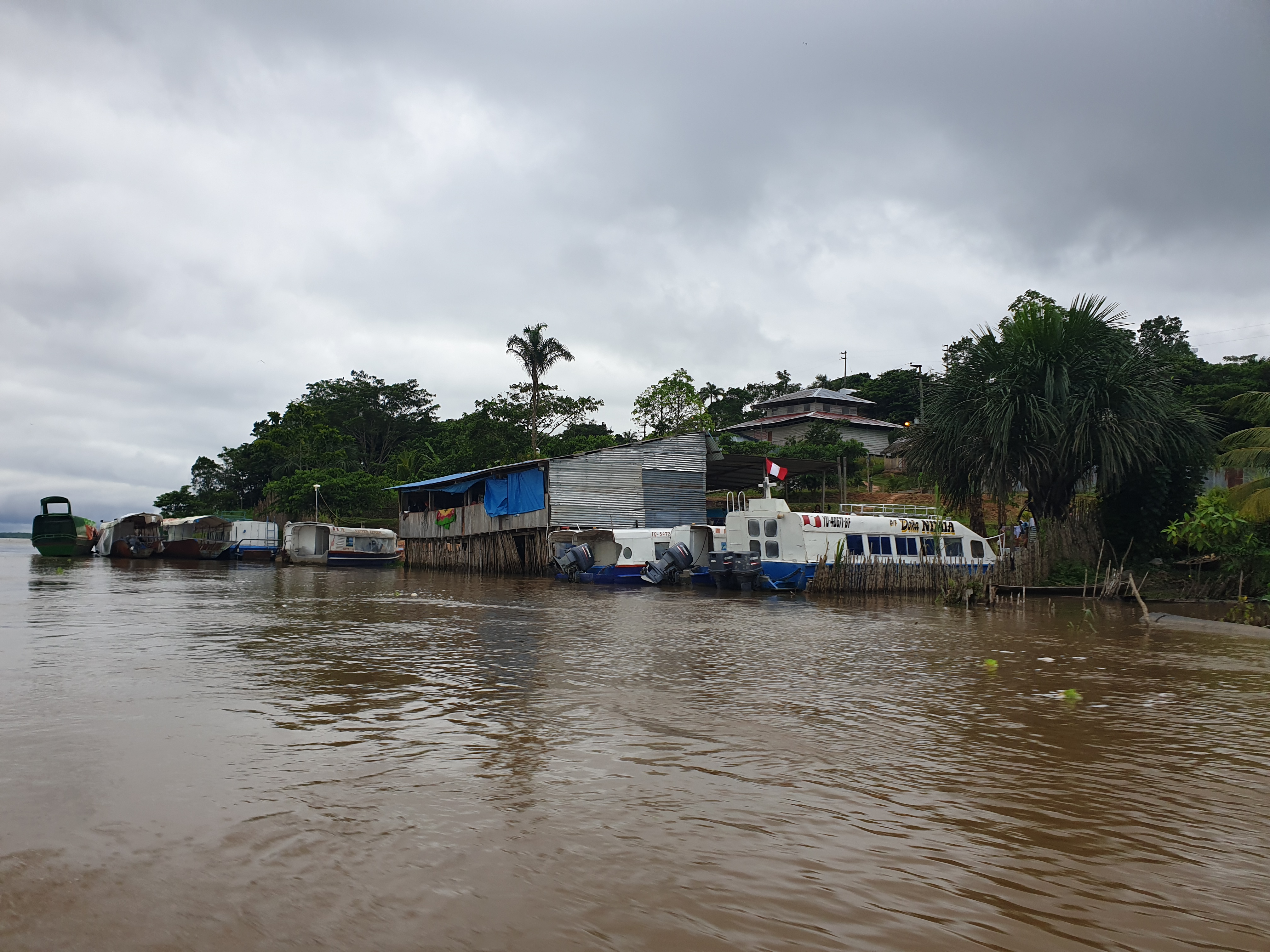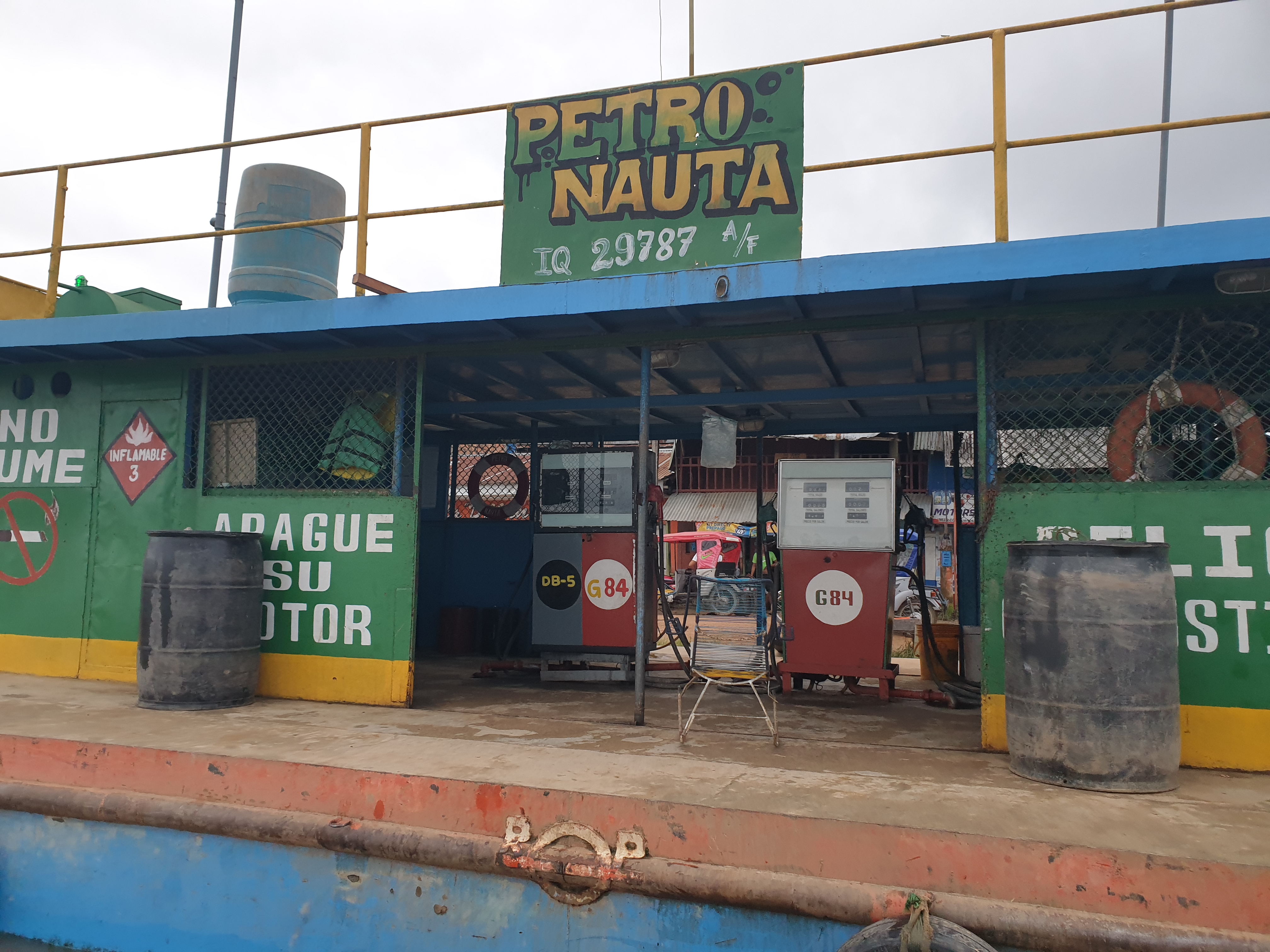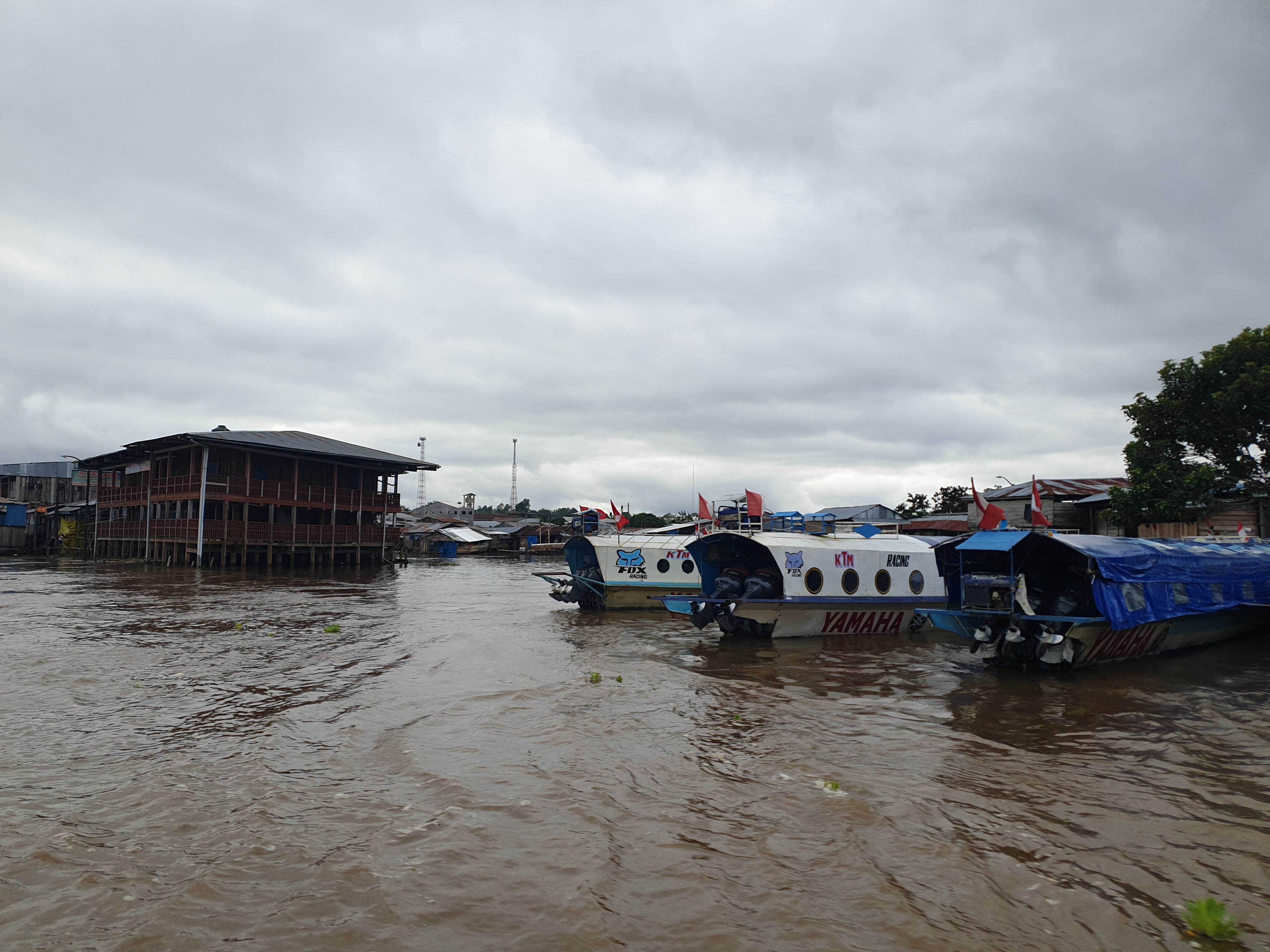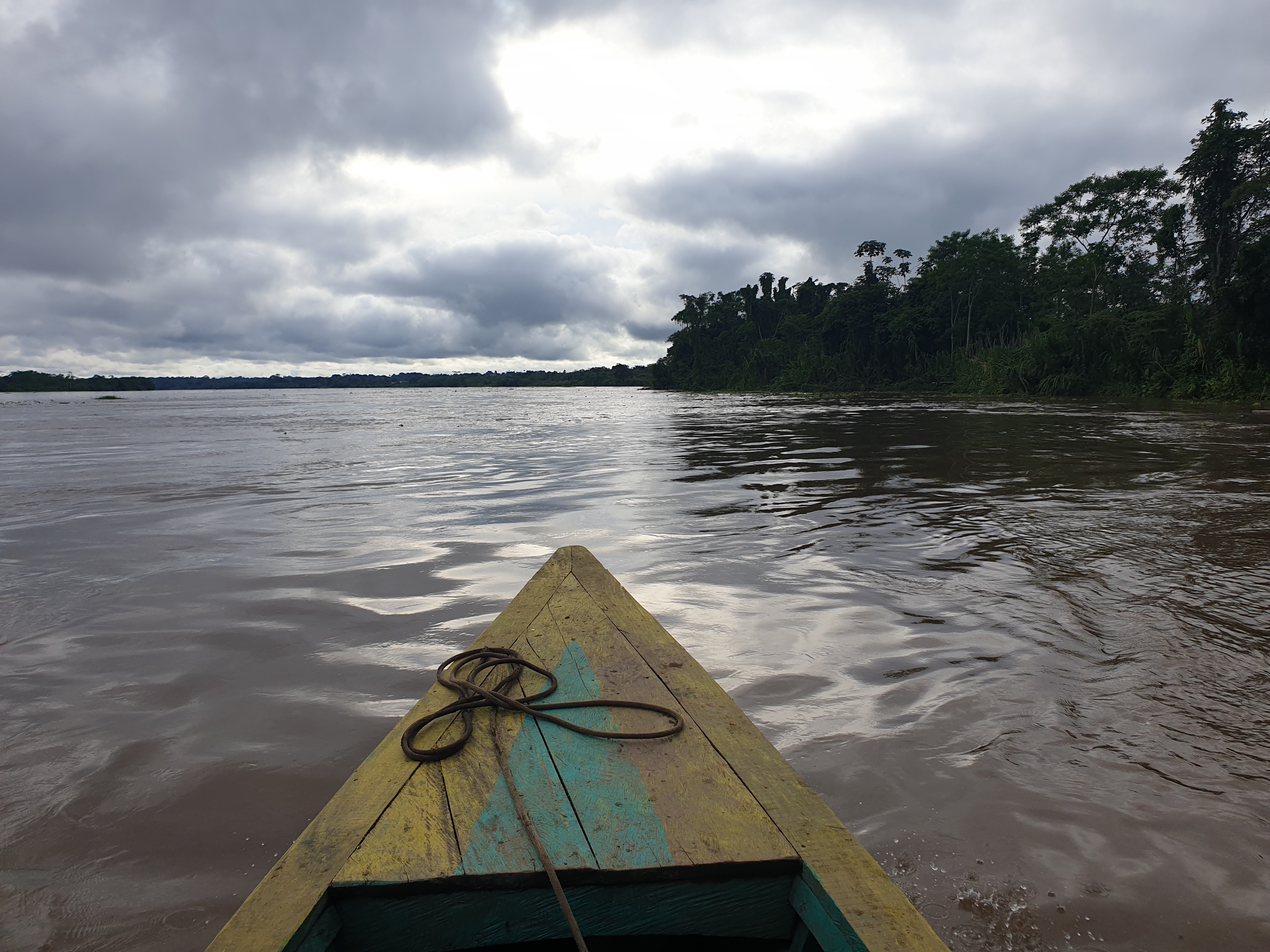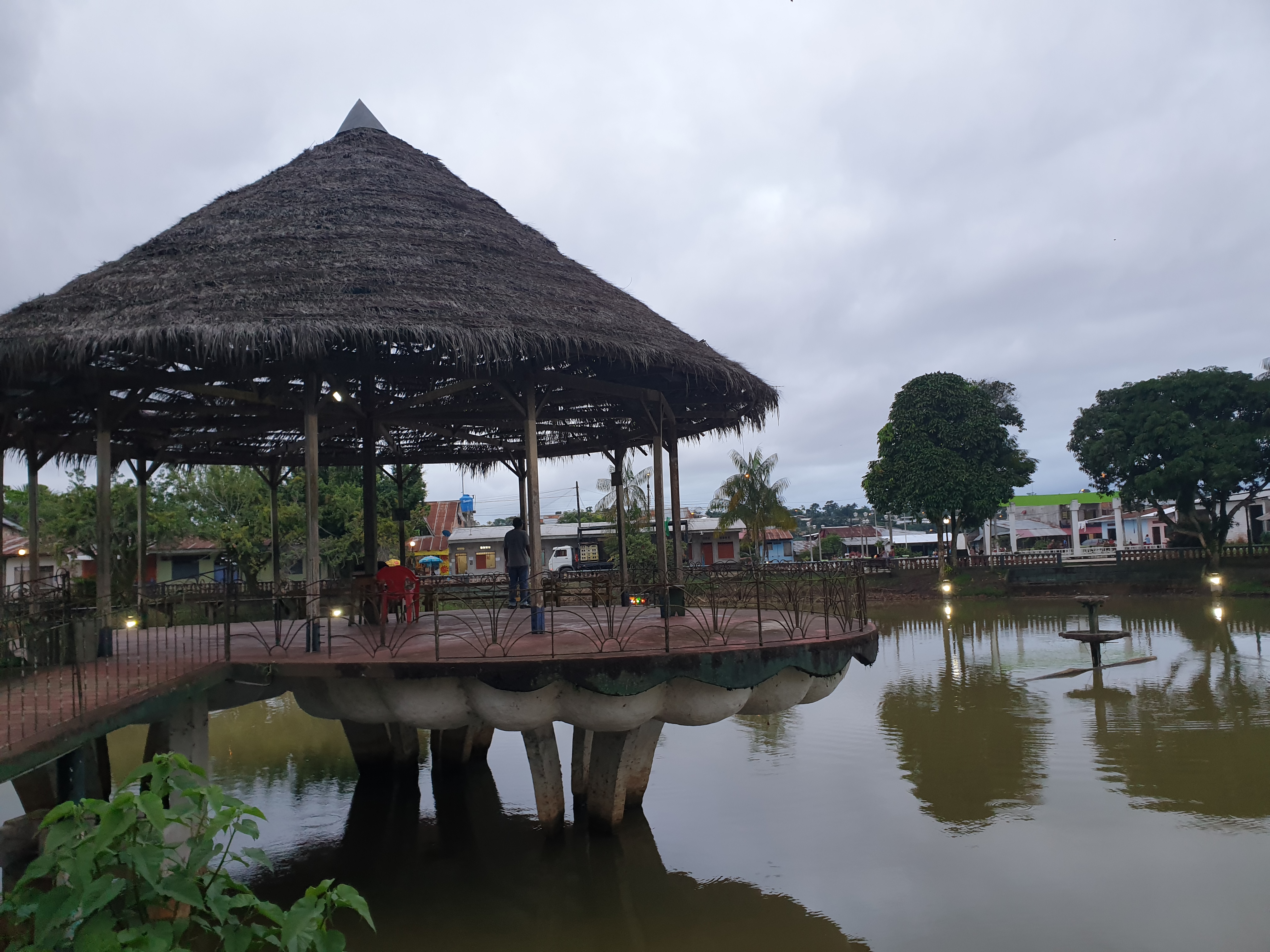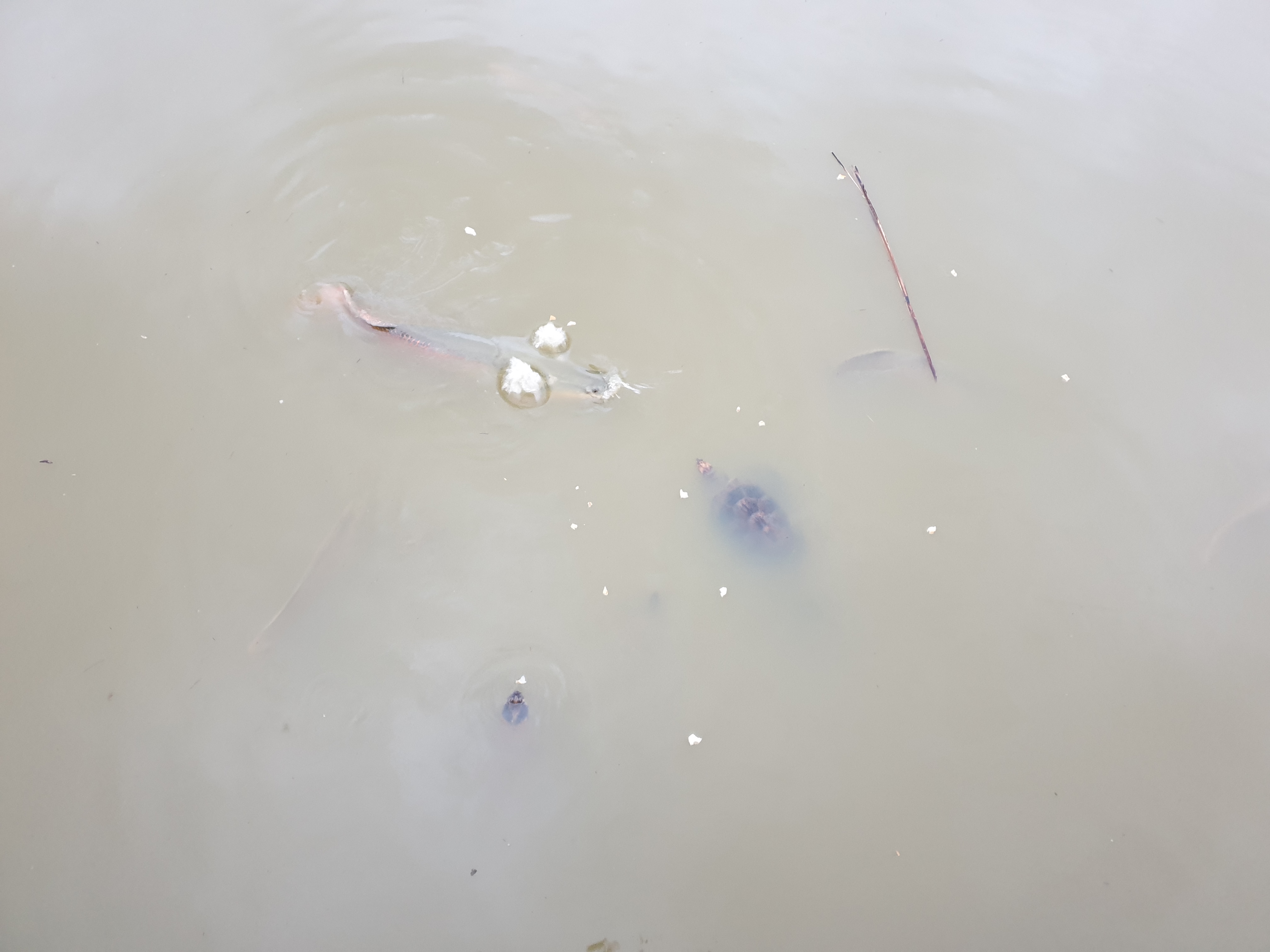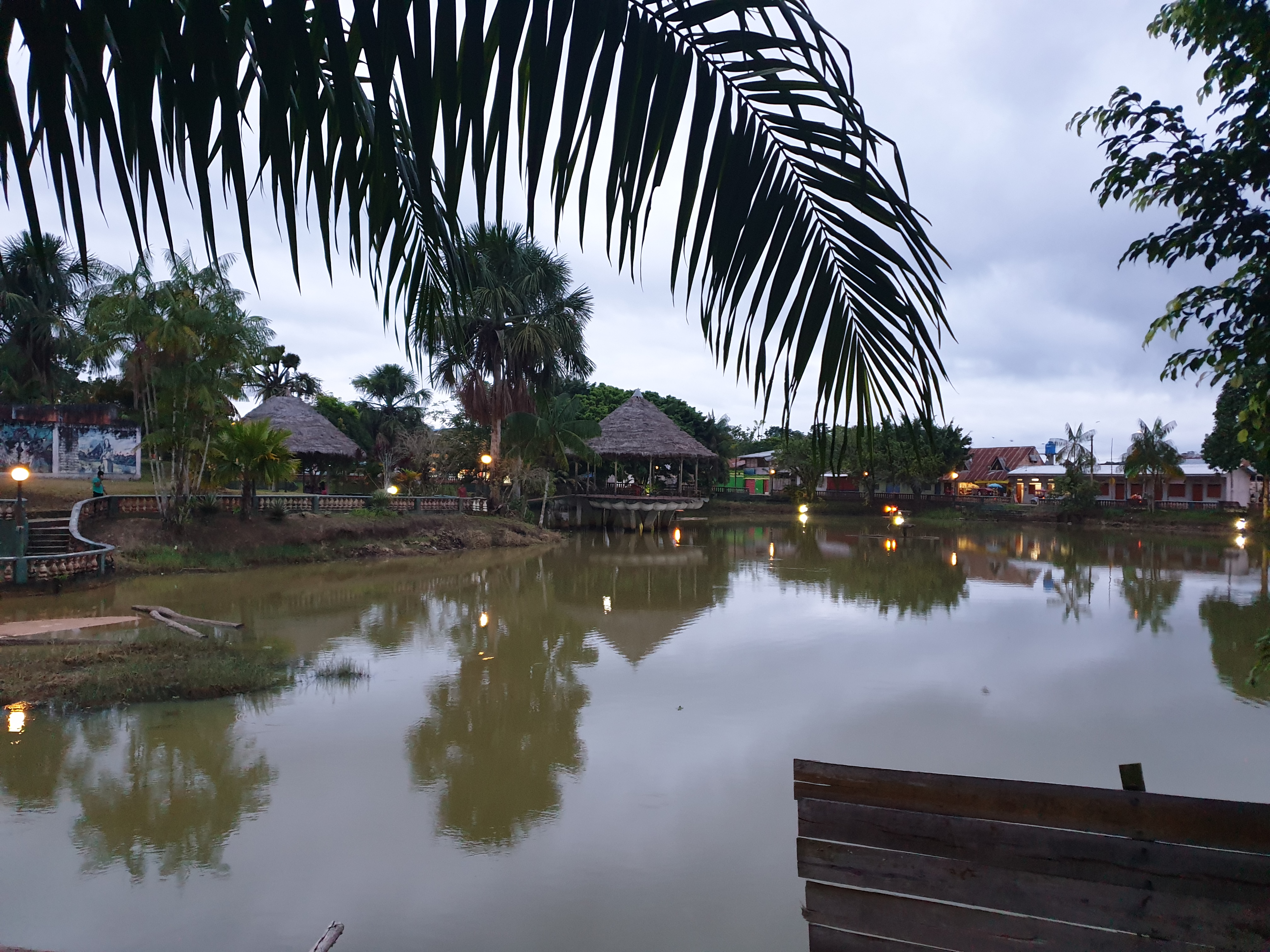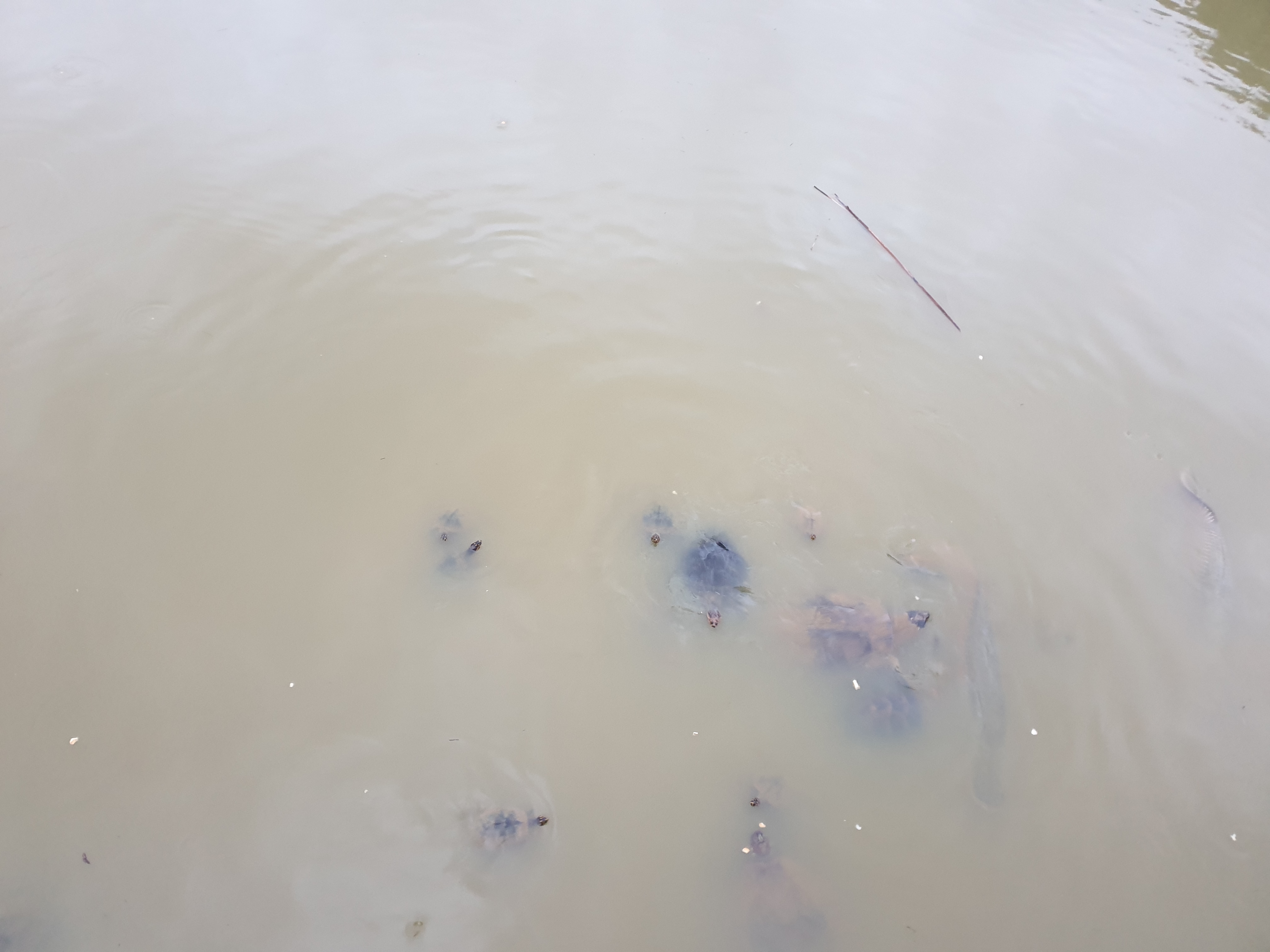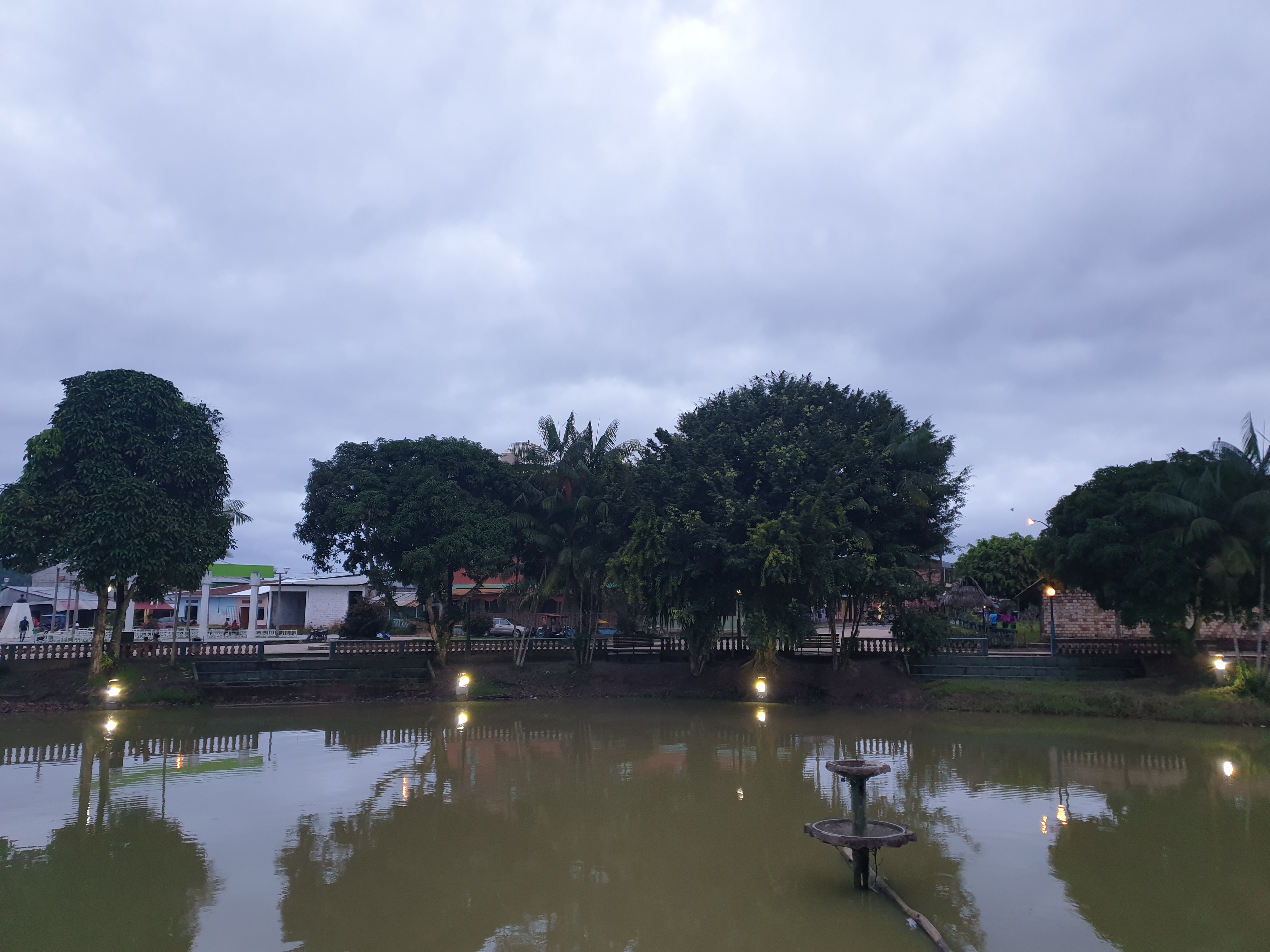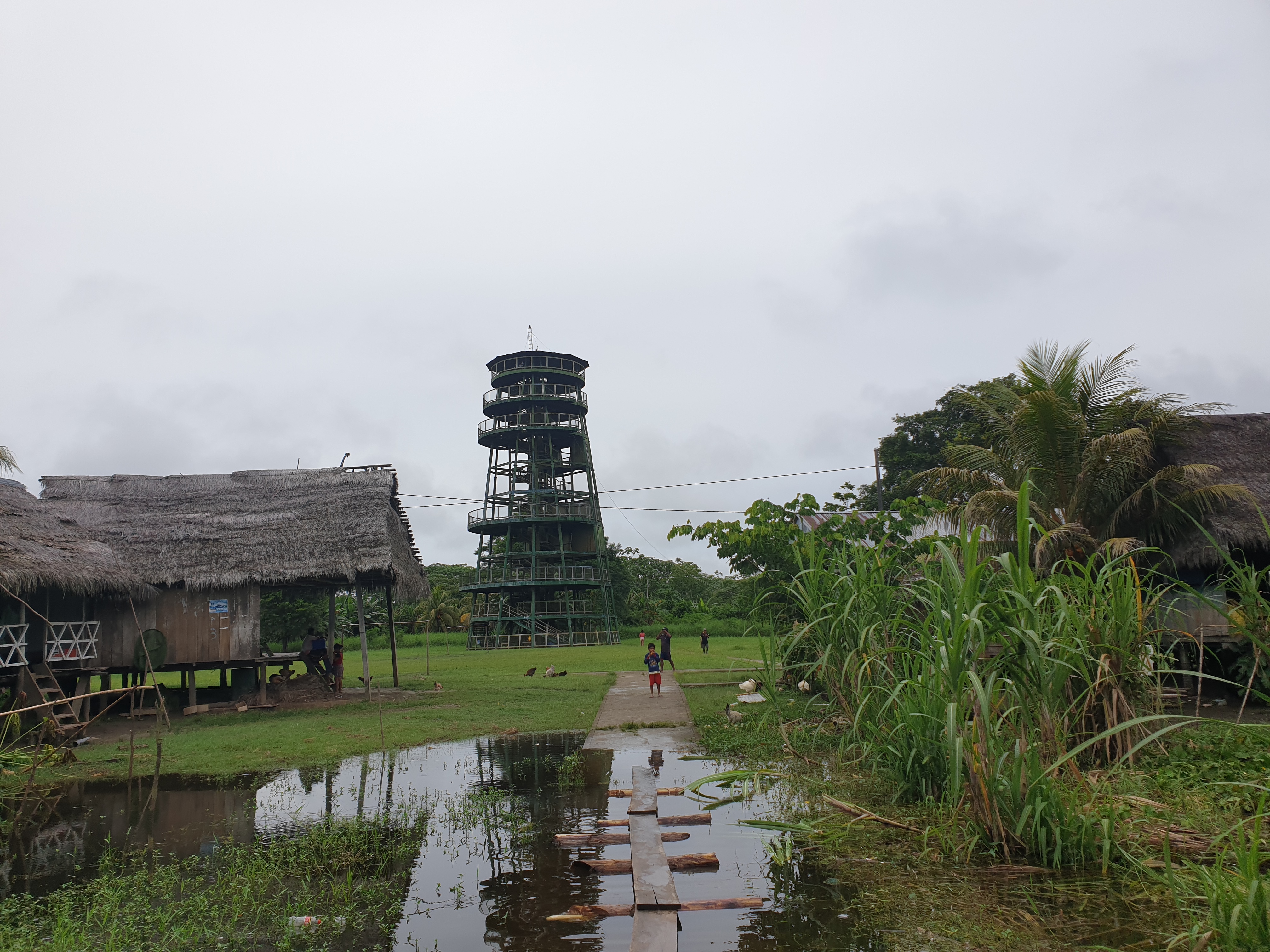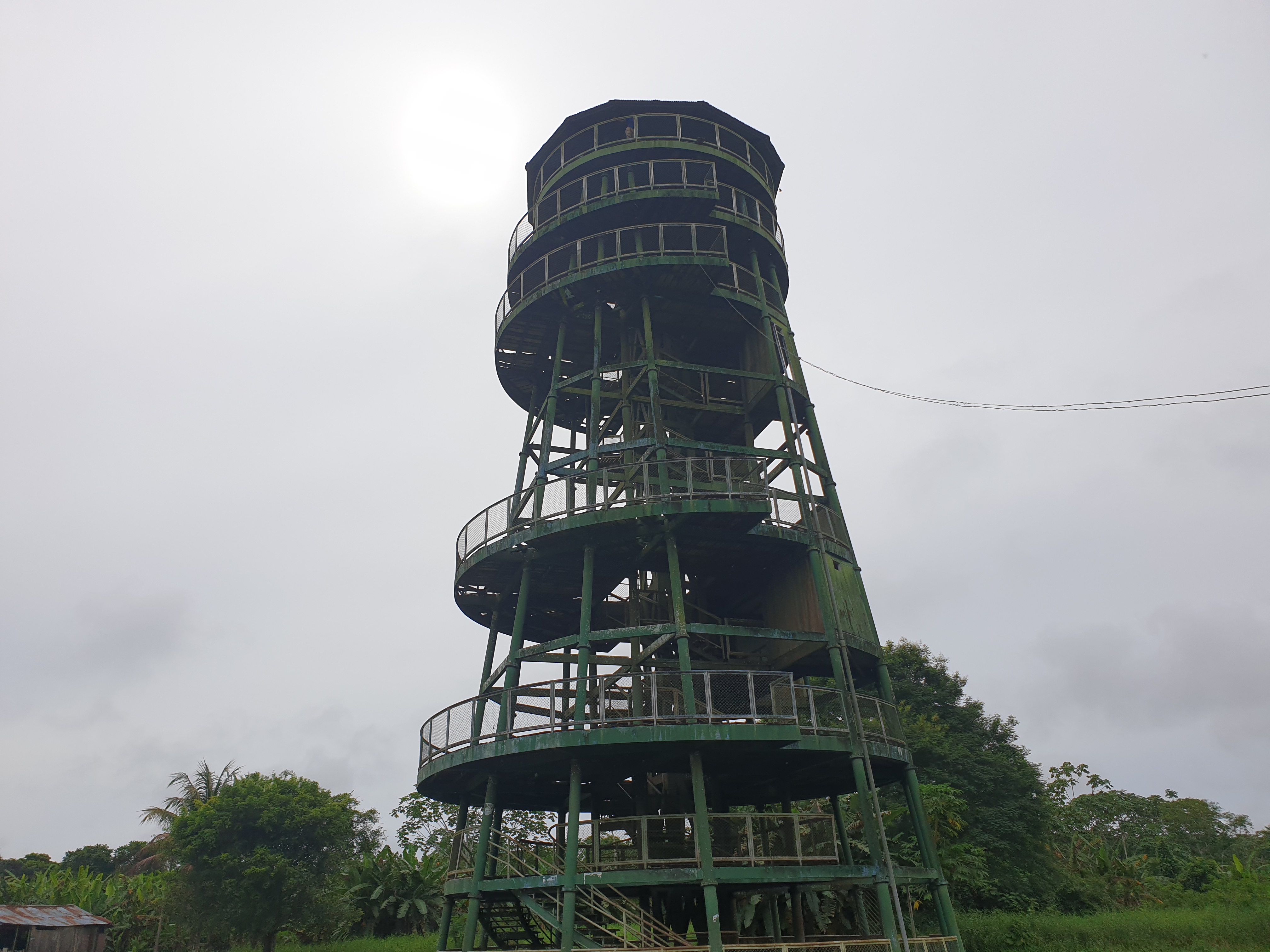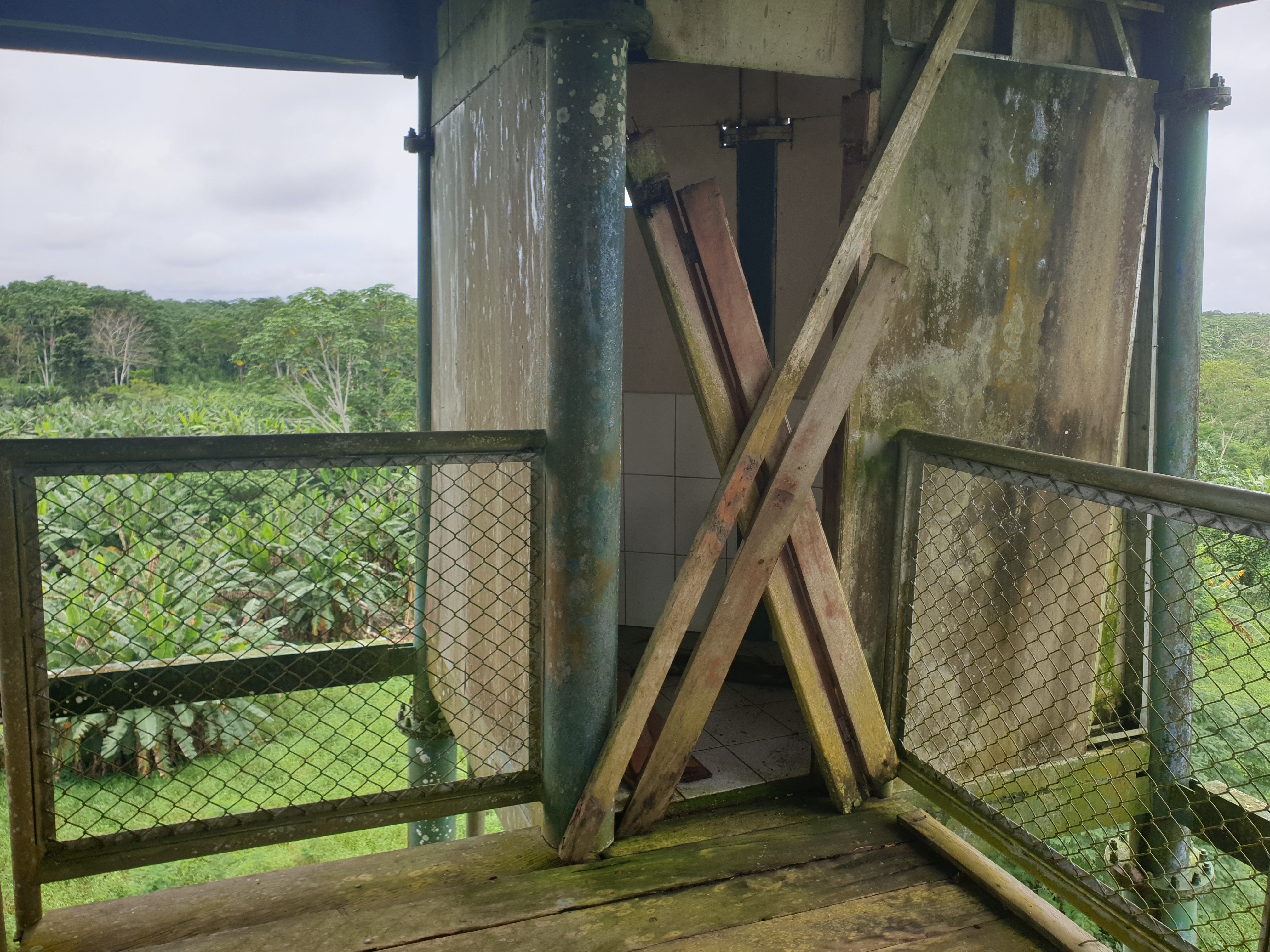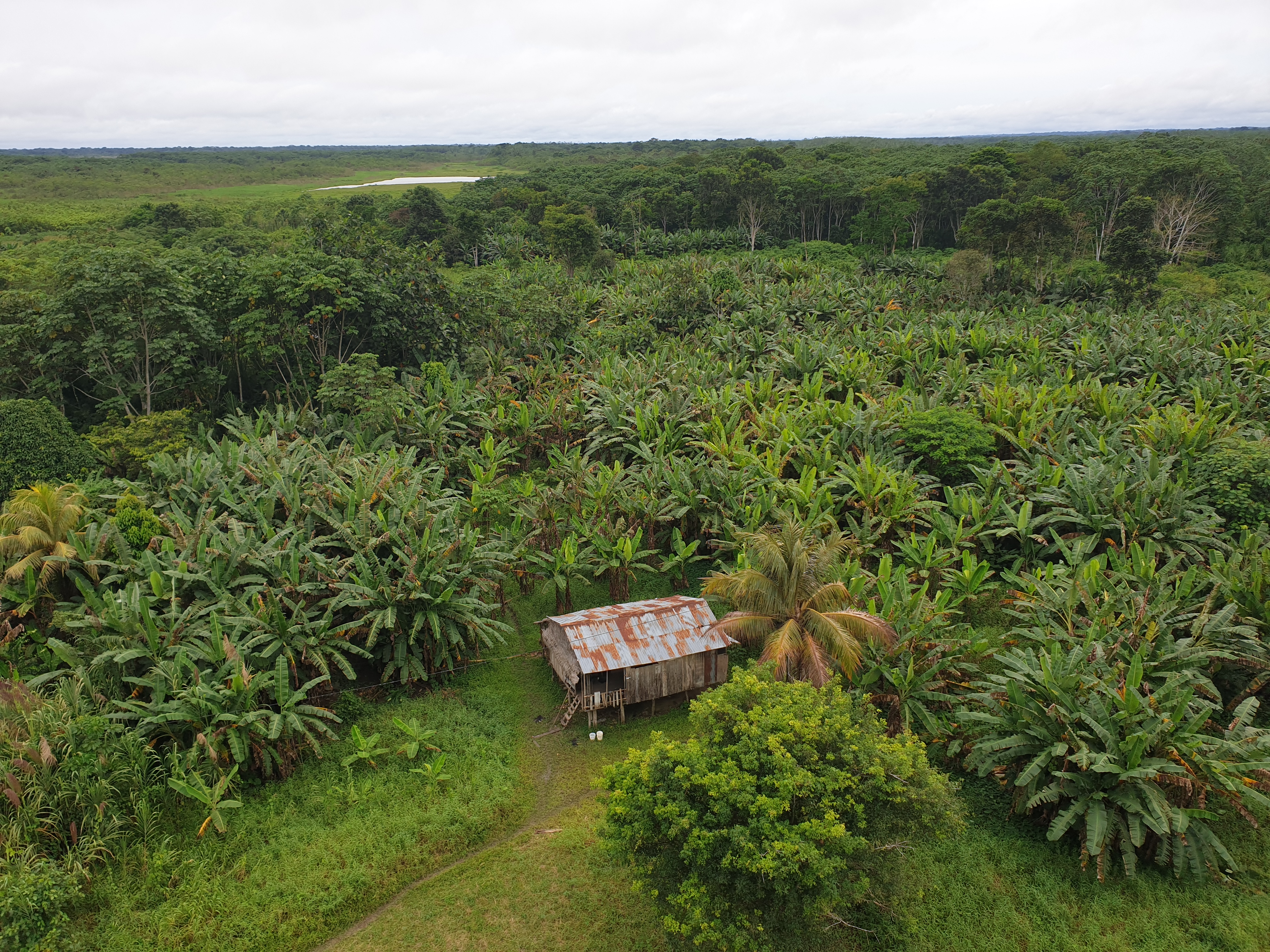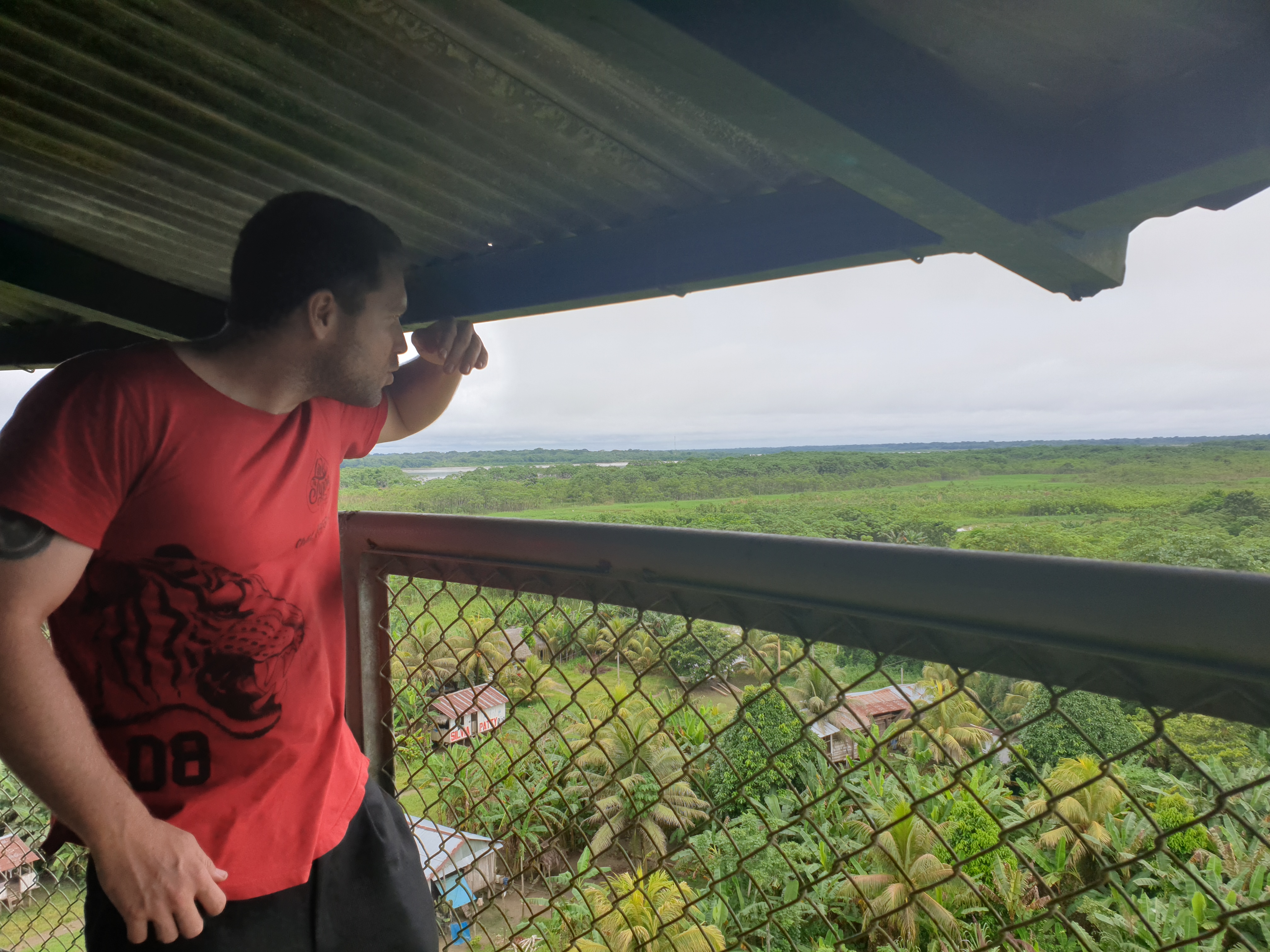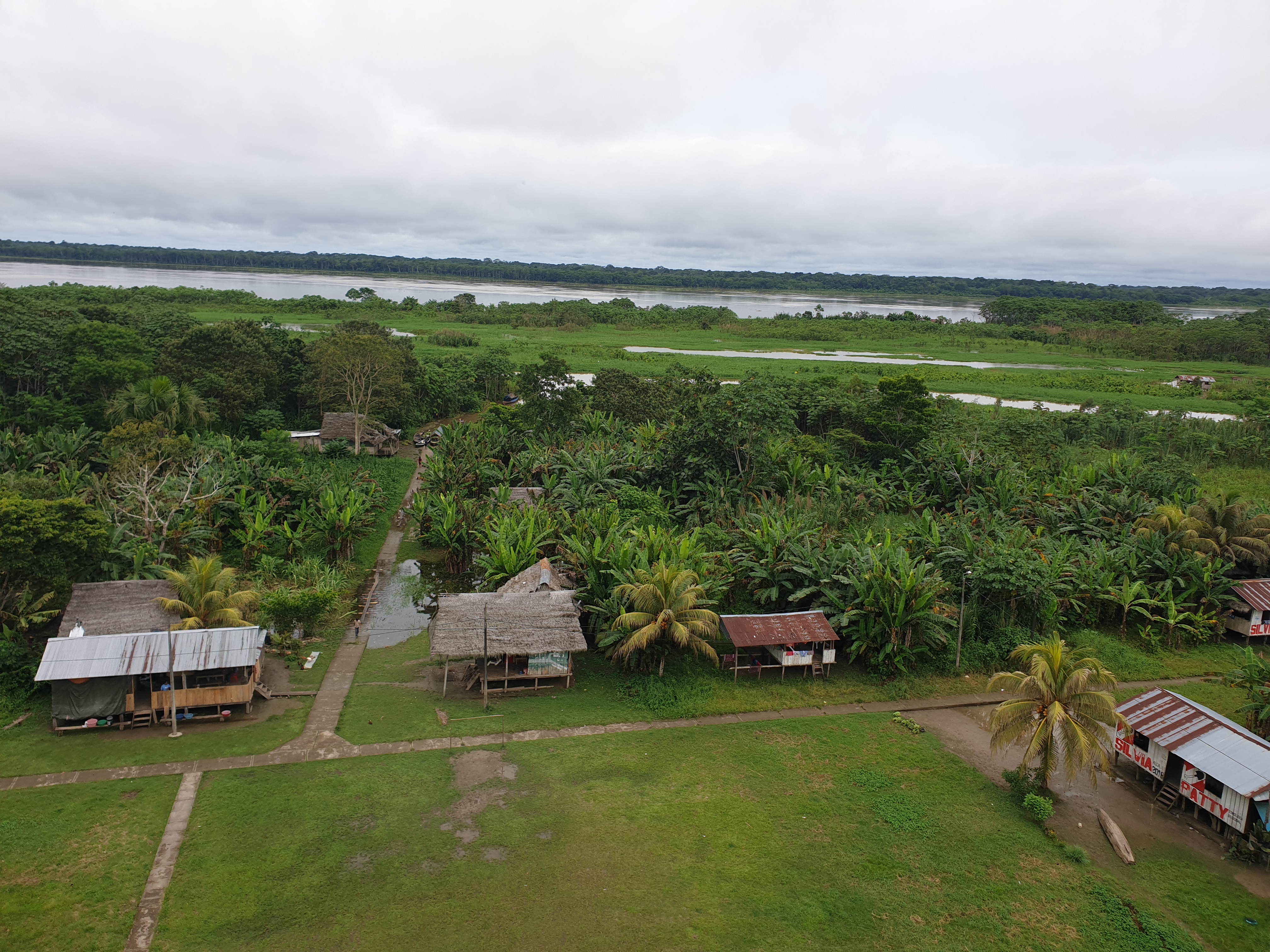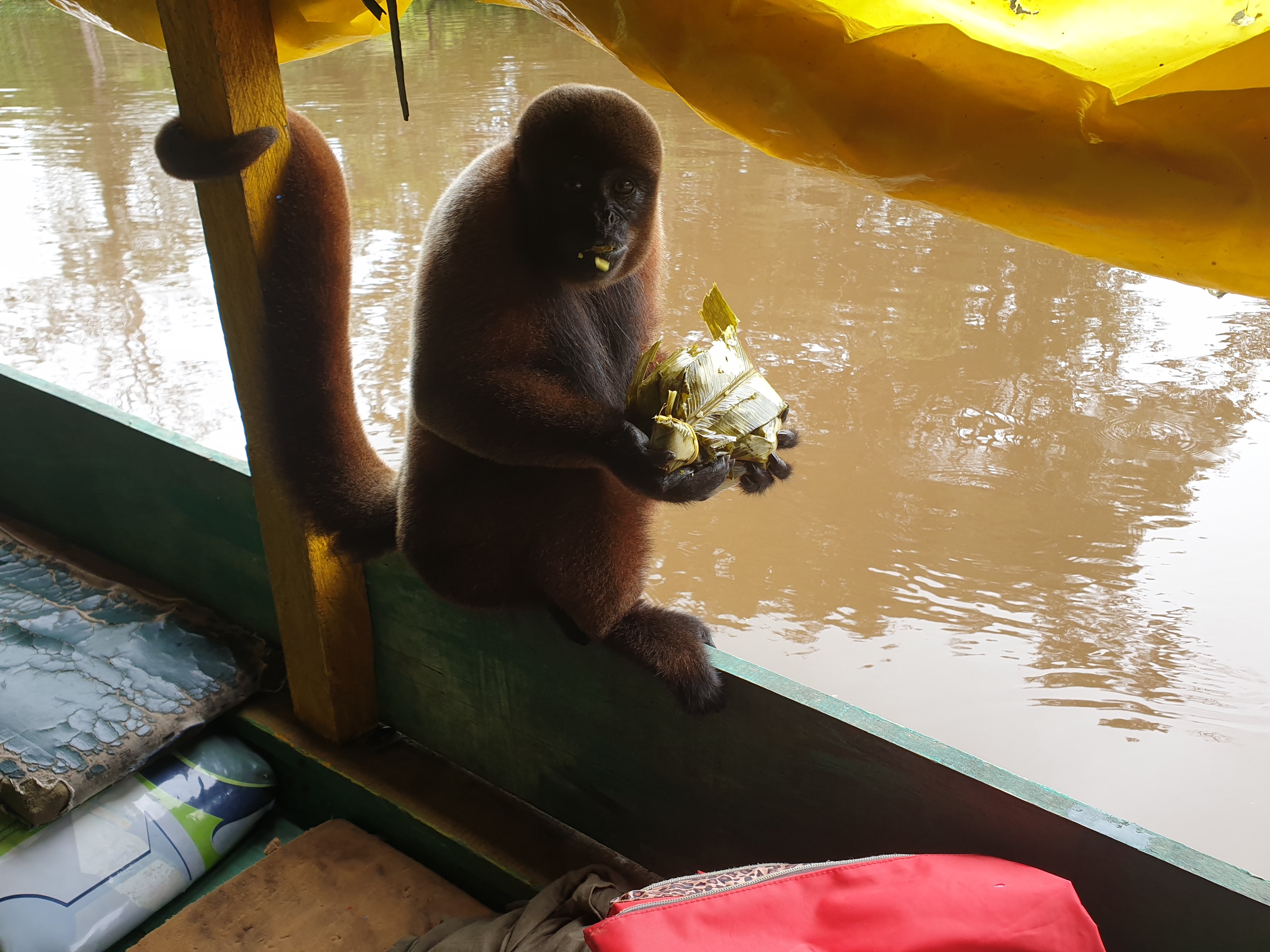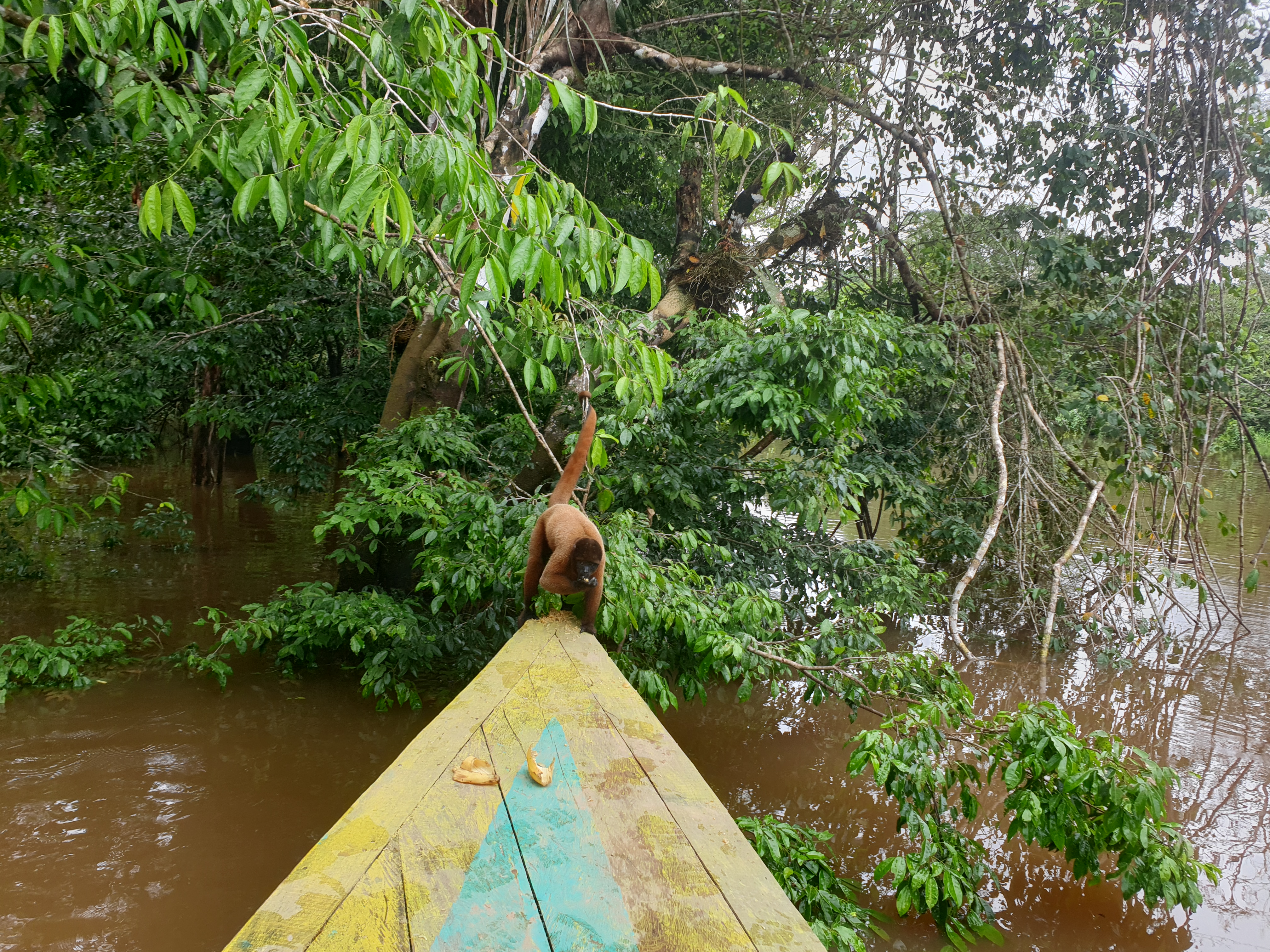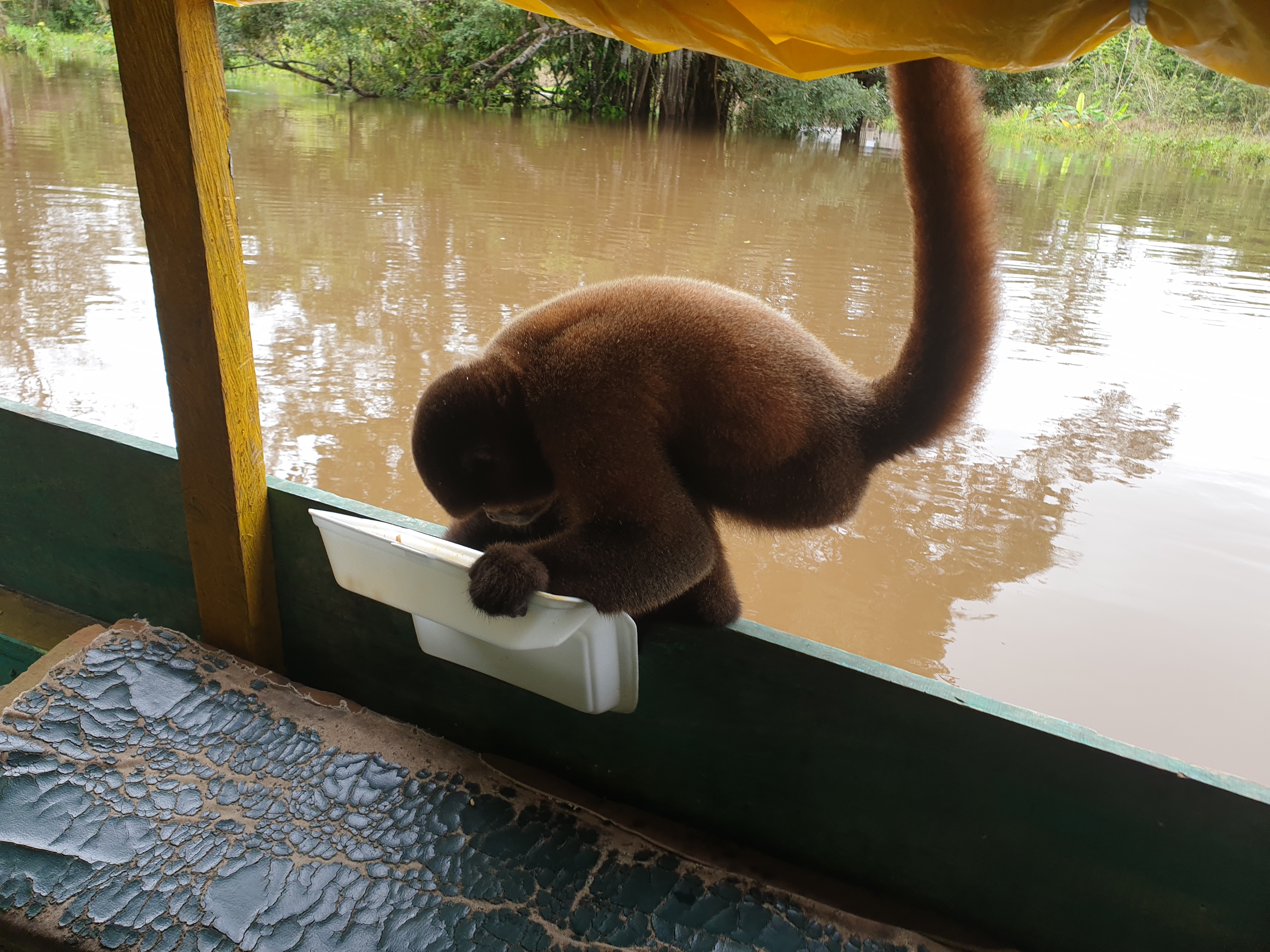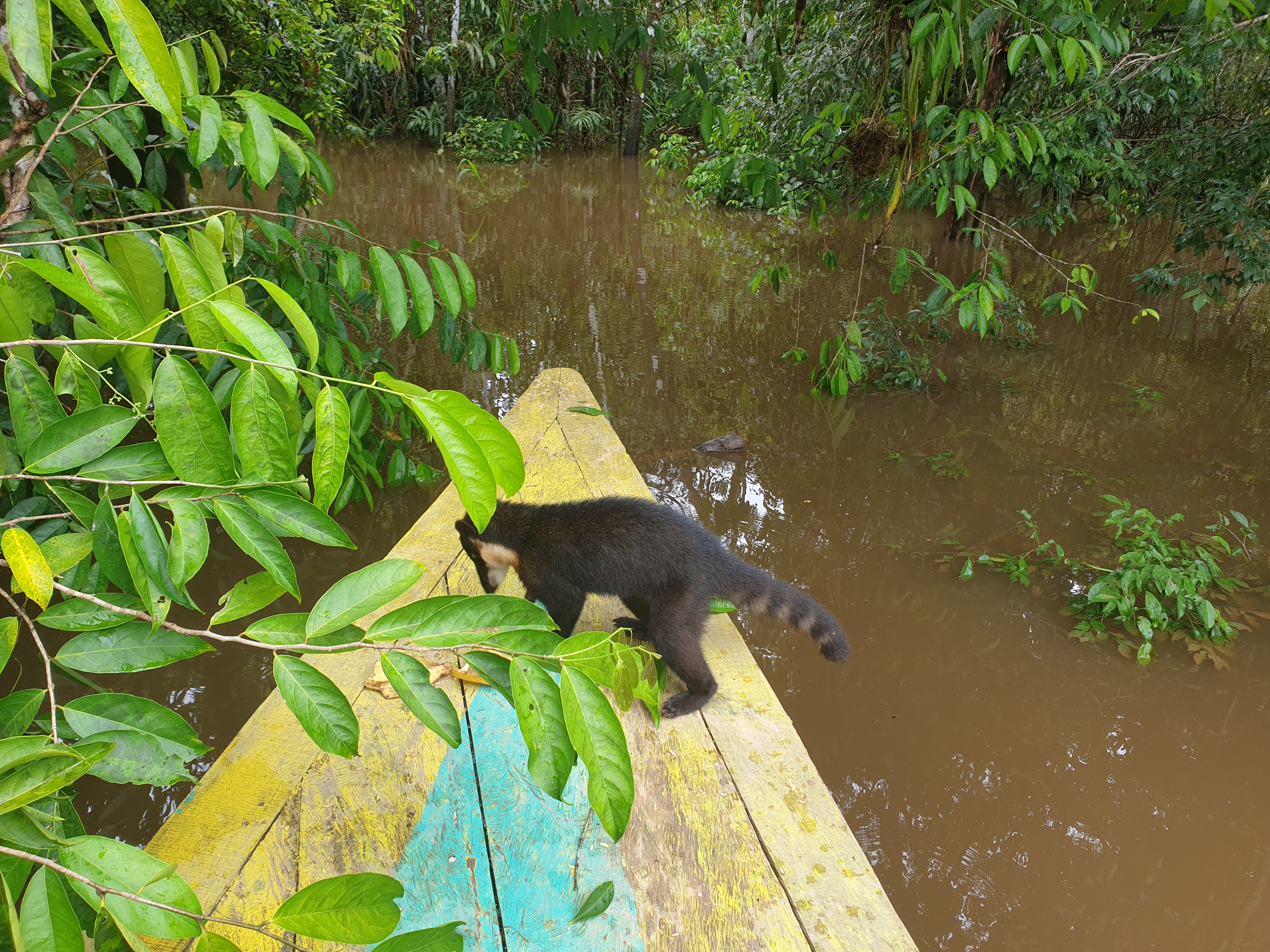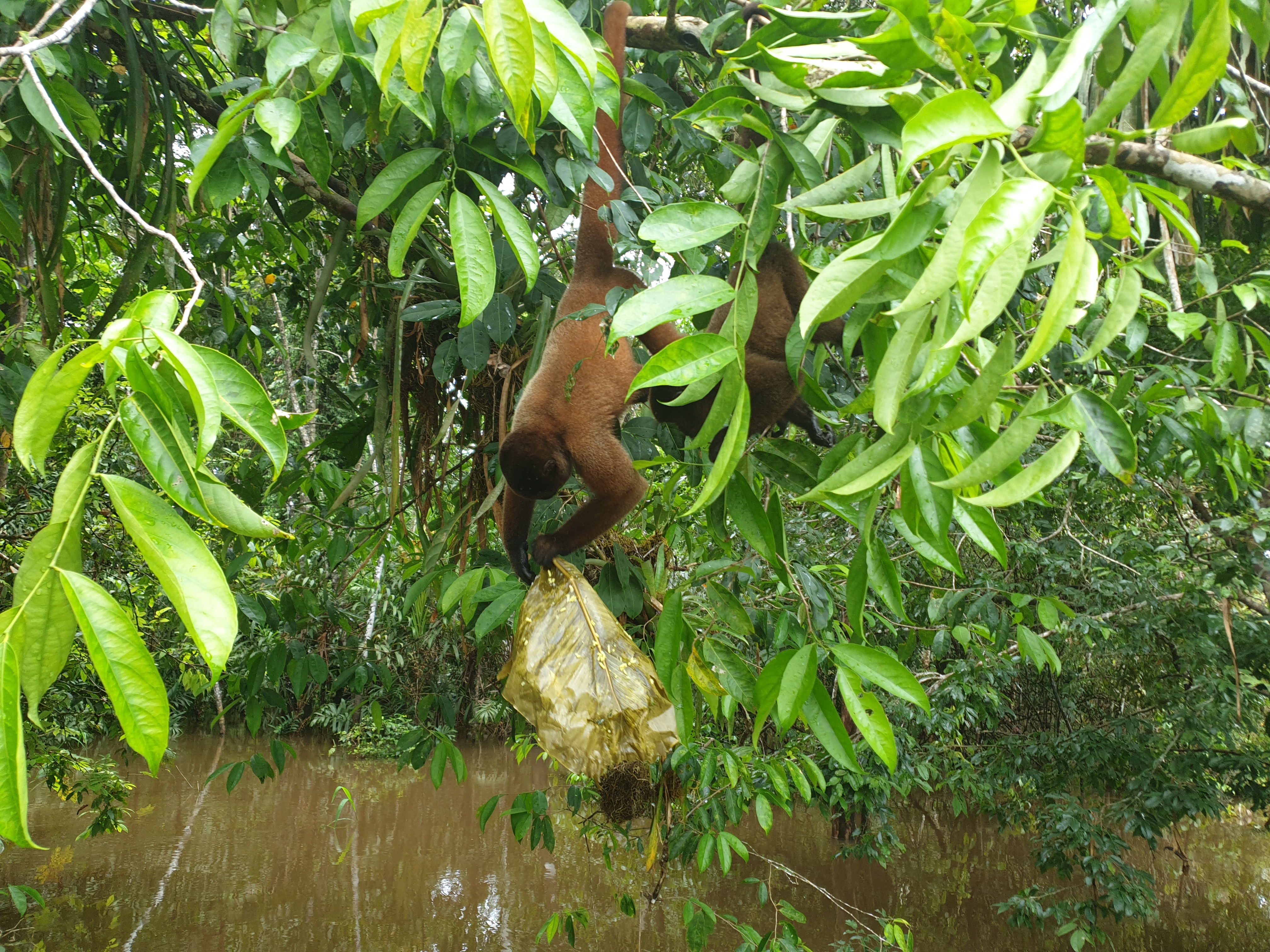After spending a few days in Iquitos, visiting Nauta is a breath of fresh air. Despite only being 94 km outside Iquitos, Nauta couldn’t be more different. It’s perched on a small mountain that allows the city to avoid the rising river levels. This strategic position provides views of río Marañón and río Ucayali. The union of these two rivers creates the Amazon River which flows through the Loreto province. It’s only 80 km away from the Reserva Nacional Pacaya Samiria, and provides a welcome alternative to the aggravatingly stingy environment of Iquitos.
What makes Nauta so special is that it hasn’t completely lost touch with its roots. Unlike its internationally promoted neighbor, Nauta remains a humble port town that’s filled with natural beauty. Instead of boasting unsightly Double Tree Hotels and shady casinos, this town still feels like it’s part of Peru. Their 30,000+ residents don’t rely exclusively on tourism to survive, which creates a noticeably less desperate atmosphere than Iquitos. In Nauta visitors can walk the streets without being constantly harassed to join tours, drink ayahuasca or buy weed. This makes Nauta a pleasure to visit, since it feels like you have finally escaped the tourist trap.
From the Plaza de Armas to the Playa de Amor, Nauta is everything Iquitos lost when they completely sold out. The city was founded in 1829 when a group of Cocamas natives fled mistreatment in their village of La Laguna. Led by el Curaca Manuel Pacaya, they embarked on a boat down the Ucayali river. When they stopped to camp for the night, they found a tinaja while cutting down trees. Intrigued by this beautiful area, they named it Mauta in their native tongue and decided to stay. The name was later changed to the Spanish word Nauta, which means marine/navigator.
Despite having to answer to the Misiones de Maynas, Nauta never abandoned its indigenous roots. Fueled by native visitors from neighboring villages and even as far as Brazil, this city continued its traditions. From native religion to indifference to tourism, everything about this town can’t be found in Iquitos. Even though they aren’t promoted, there are multiple attractions surrounding Nauta. For this reason, Nauta can’t be ignored by any jungle explorer. It’s only an hour and a half drive from Iquitos, so escape the madness and enjoy an authentic Amazonian city!
Top Places to Visit in Nauta
Attraction #1: Laguna de Sapi Sapi – Even though this lake is located in the middle of the city, it’s still shrouded in mystery. According to local legend, laguna Sapi Sapi is inhabited by a gorgeous mermaid that seduces visitors with her beauty. While this anomaly proves elusive, the lake is filled with more tangible surprises. Visitors can bring bread and feed the robust population of paiches, charapas and tortoises that inhabit the lake. In a weird way, watching the animals playfully battle for food makes the visit worth it. Allegedly the mermaid also grants wishes, so don’t hesitate to indulge in this surprisingly diverse natural attraction!
Attraction #2: Mirador de Grau – This landmark is a monument of Peru’s resilience in the face of corruption. Proposed by President Alejandro Toledo, this mirador was supposed to have an elevator and bring a sense of hope to the Comunidad de Grau. Unfortunately, despite receiving funding this tower was never fully completed. True to tradition, the government stole the money and never installed the elevator.
Today this half completed construction project lays in disrepair with rotting boards and broken bathrooms. The ex-president is in no better shape, since Alejandro Toledo is a fugitive hiding out in the United States. Whether he will ever be extradited no one knows, but one thing is certain. Despite these setbacks, the tower still provides breathtaking views of the surrounding jungle. Come visit it to discover why Peru has too much potential to be ruined by their horrible leaders!
Attraction #3: Reserva Nacional Pacaya Samiria – Another factor that makes Nauta special is it’s the gateway to this sprawling reserve. Clocking in at 20,800 square kilometers, this is the largest national reserve in Peru. On top of being home to thousands of exotic species of animals and plants, over 56 native communities lie within its borders. While most of these tribes are inaccessible, visitors can see la Comunidad 20 de febrero. There are also plenty of places to see mono choros, sloths and countless birds in their natural habitat. This is the entrance to a different world, so don’t hesitate to explore what it has to offer!


